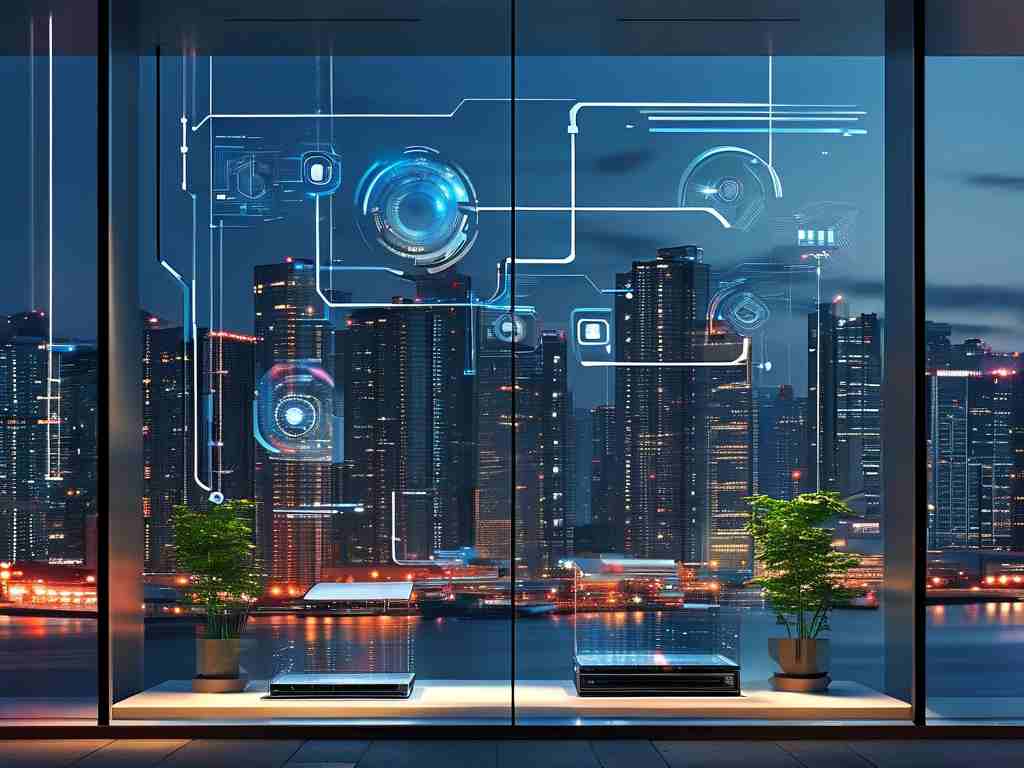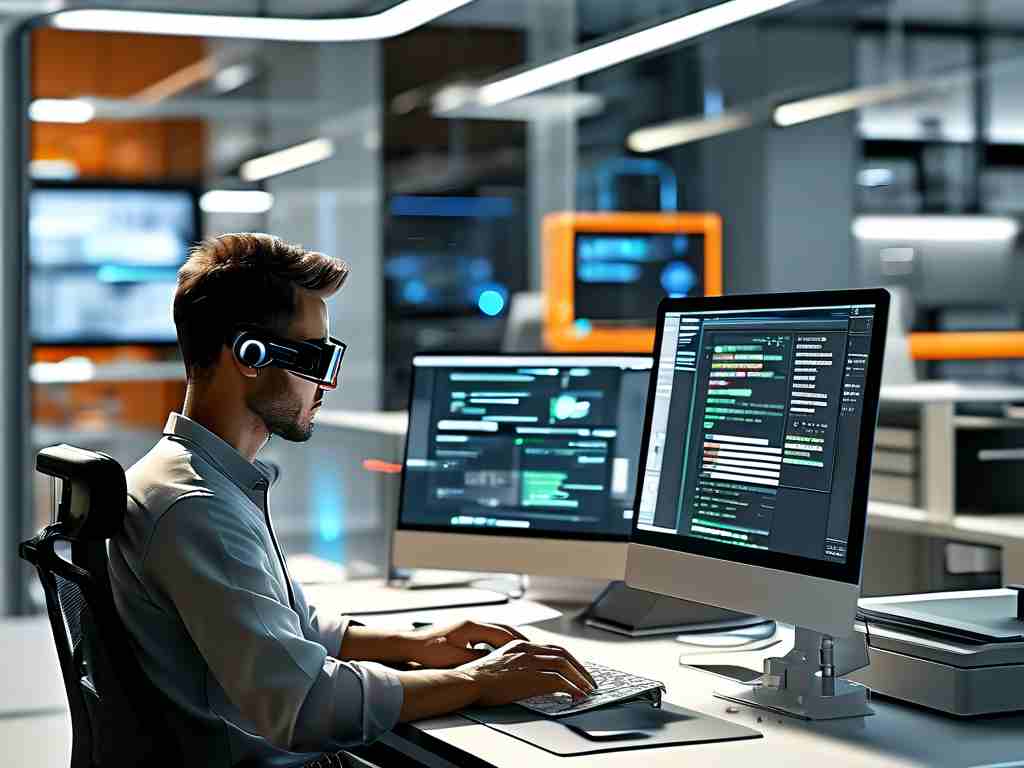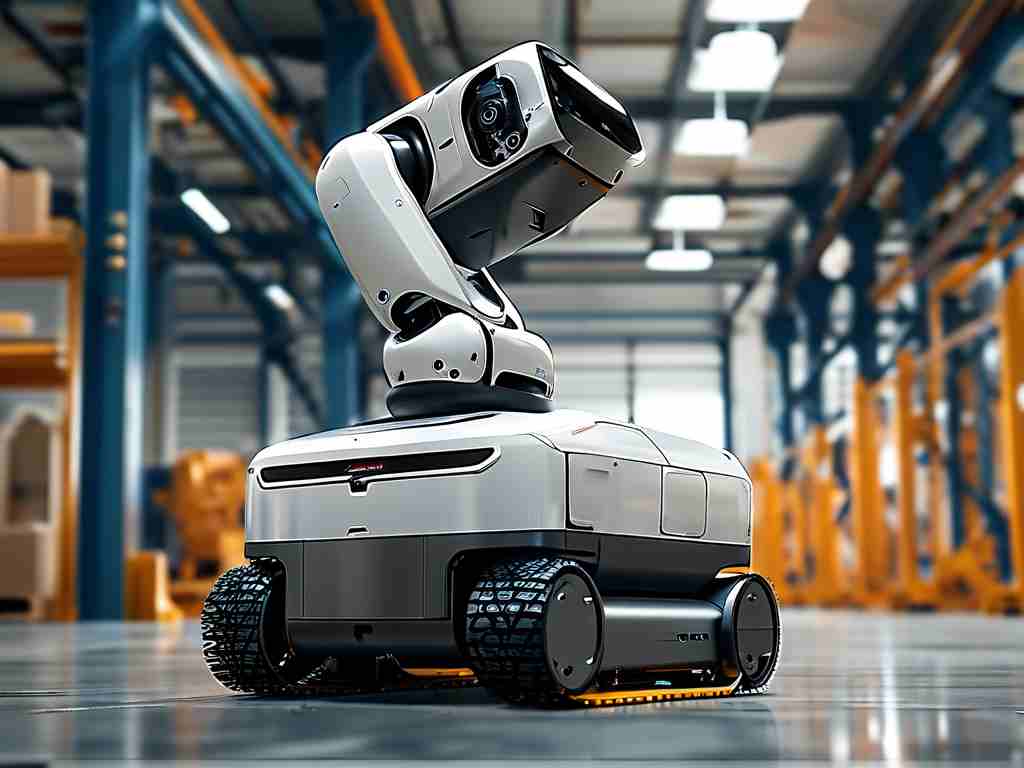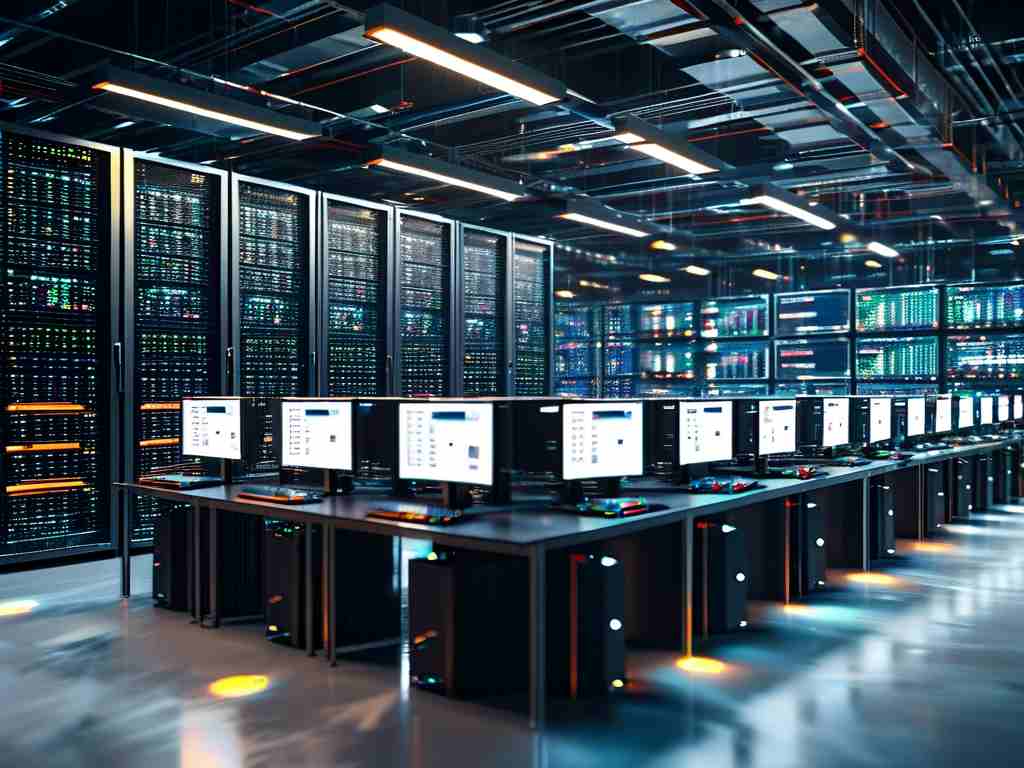In today's competitive retail landscape, automated window display deployment has emerged as a game-changing solution for brands seeking to enhance visual merchandising efficiency. This article explores practical strategies for implementing automated systems while maintaining artistic flexibility and operational reliability.

The Evolution of Window Display Technology
Traditional manual display changes often require 8-12 hours of labor, involving multiple team members and risking human error. Modern automation solutions leverage IoT-enabled motorized components and cloud-based scheduling tools to reduce setup time by 60-75%. For instance, a leading fashion retailer in Milan implemented servo-controlled mannequin arms that adjust poses automatically based on real-time inventory data through API integrations:
# Sample API call for display synchronization
import requests
def update_display(collection_id):
endpoint = "https://api.retaildisplay.com/v3/activate"
payload = {"collection": collection_id, "store_code": "IT_MIL_01"}
headers = {"Authorization": "Bearer YOUR_API_KEY"}
response = requests.post(endpoint, json=payload, headers=headers)
return response.status_code
Core Components of Effective Automation
- Modular Hardware Systems: Rotating platforms with 270° motion range and LED grids supporting 16 million color combinations enable dynamic scene transitions.
- Content Management Architecture: Centralized CMS platforms now incorporate machine learning algorithms that analyze foot traffic patterns to optimize display timing. A/B testing modules allow marketers to compare multiple designs remotely.
- Energy Optimization: Smart power distribution units can reduce energy consumption by 40% through motion-activated lighting and low-power standby modes.
Implementation Roadmap
Successful deployment requires cross-department collaboration. Begin with a pilot program covering 3-5 flagship locations, collecting data points like customer engagement duration and conversion lift. Integrate with existing POS systems to measure direct sales impact – early adopters report 18-22% increases in window-driven purchases.
Maintenance and Troubleshooting
Establish predictive maintenance protocols using vibration sensors and thermal cameras to detect mechanical wear. Cloud dashboards provide real-time alerts for issues like motor torque anomalies or connectivity drops. Remember to retain manual override capabilities for critical situations – a luxury watch retailer in Geneva avoided a product launch mishap by switching to manual mode during a rare network outage.
Ethical Considerations
While automation brings efficiency, over-reliance on technology risks diminishing human creativity. Maintain a 30% budget allocation for manual design adjustments and seasonal artistic interventions. Transparent data usage policies are crucial, as facial recognition technologies in display analytics now face increased regulatory scrutiny across EU markets.
Future Trends
Emerging technologies like holographic projection and AR integration are pushing boundaries. A recent prototype from Tokyo combines RFID-tagged merchandise with augmented reality windows, allowing passersby to visualize products in 3D space using smartphone cameras.
For businesses considering automation, start with partial implementation – perhaps automating lighting sequences while keeping physical arrangement manual. This hybrid approach balances technological advantages with human craftsmanship, ensuring brand authenticity while meeting modern consumers' expectations for dynamic retail experiences.









